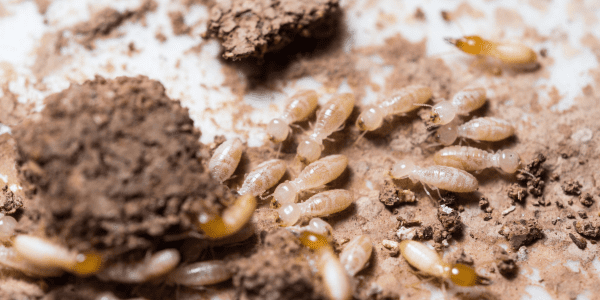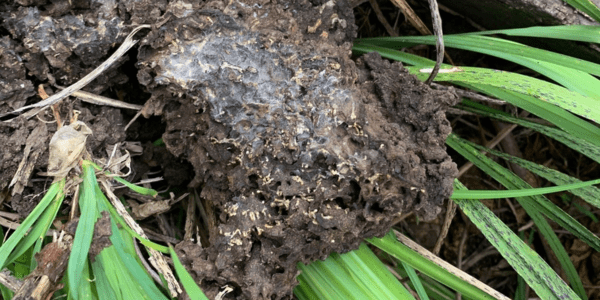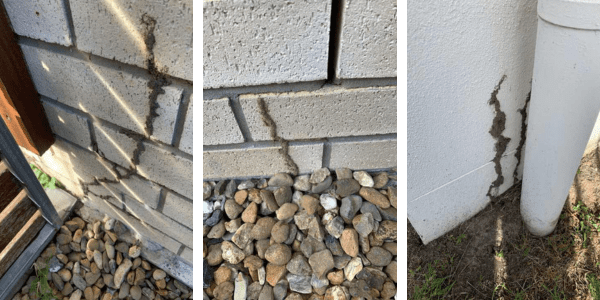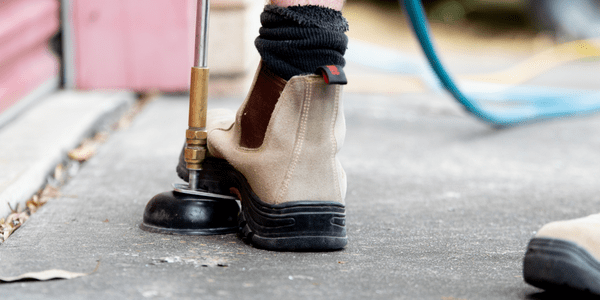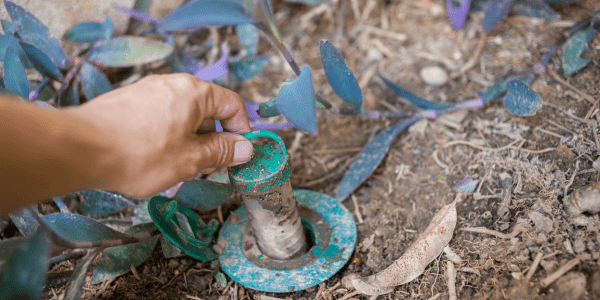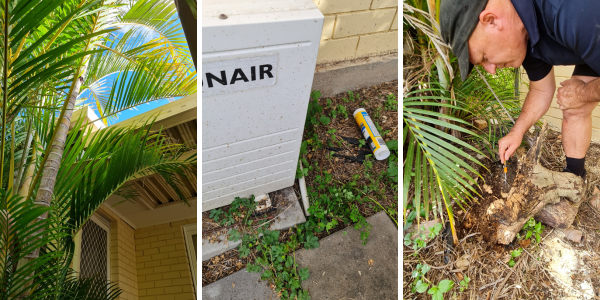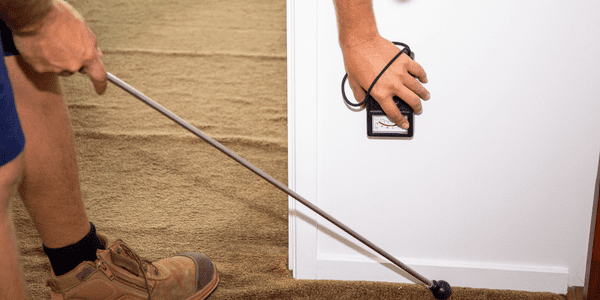What Is A Termite Management Plan?
Protect your home with a termite management plan
At Dedant, we provide two different preventative treatments to protect your home. In this blog, we take you through the two different options and how to prevent termites in your home.
What is a termite management plan?
A Termite Management Plan is minimising the risk of termite damage to primary elements of a building through a concealed route by installing safeguards like chemicals and bait stations (QBCC 2021).
Under the Building Code of Australia, all new homes must have a termite management plan in some form. It’s no wonder when termites cause more damage to Australian homes than floods, storms and fires combined (VBA). There are various forms of termite management plans. The most common option is the installation of physical barriers during construction (ant caps, termimesh), chemical barriers, bait stations and regular termites inspections. At Dedant, we provide chemical termite barriers, bait stations and annual timber pest inspections.
How termites attack
Most termite attacks on buildings originate from subterranean termites. These termites nest below the ground and enter properties via several different methods. Termites can gain access via cracks in concrete slabs and mortar, trees overhanging gutters, timber that is in contact with the ground and house and via weep holes.
Termites build mud tunnels as they move as a form of protection from predators and sunlight exposure. These tunnels enable them to travel over piers or walls to attack timber and wood structures in buildings. Usually, the nest is outside the building perimeter, but occasionally a nest may be buried in the soil beneath the building.
1. Liquid chemcial barrier (termiticide)
A chemical termite barrier is a type of termite treatment that provides long-term protection against termites. The installation involves direct application of the chemical to the soil around the perimeter of a home, preventing subterranean termites from entering your home.
Chemical installation can be undertaken by the following methods:
- Drilling – this involves drilling through concrete and other unmovable surfaces (such as tile) to saturate the soil underneath with the termiticide
- Trenching – is excavating the soil around the home (i.e. lawn, garden beds) allowing the saturation of trench and backfilled soil
- Reticulation System– this is where pipes are inserted in hard-to-access locations (like under decking or slabs) usually before the property is built. They allow termiticide to be periodically refilled from outside the building. Reticulation can be installed after construction around the perimeter of the home although it's not always recommended.
Most chemical installations come with a one-year workmanship warranty with the chemical lasting up to 8 years. This makes it a great option for most properties.
2. Bait stations
Sometimes, a home will not be suitable for a chemical barrier due to how it’s situated on the property. When this happens the next best form of protection is to install bait stations. In this case, we strategically install Trelona bait stations around the home. These baits are filled with treated timber which is digested by termites and transferred through the colony. Whilst its not as effective as a chemical barrier, it can help prevent termites. Bait stations require regular monitoring and need replacing every 5 years or if they have been eaten by termites.
Due to the elusive nature of termites, there is no product or method currently available that provides 100% protection against termites. Even once you have a termite management plan in place it’s important to still have annual termite inspections. This ensures the chemical barrier or bait stations haven’t been compromised or breached. For example, termites can still enter a property via the roof even if a chemical barrier has been installed around the property.
Reducing the risk of termites attacking your home
Once installed, you need to be careful not to compromise your termite management system. It’s also important to follow best practices to minimise the risk of termite problems including:
- Don’t place turf, paving, concrete paths, bark and garden beds up against the house wall (as you may need to re-establish the termite barrier system)
- Never leave loose timber stacked up or leaning against the house
- Fix any leaking pipes, plumbing or gutters as termites are highly attracted to damp areas
- Be mindful of installing new services that involve underground connections or water tanks against the dwelling as it may compromise the barrier
- Ensure there is a 75mm minimum clearance between the ground or pavement level and the bottom of any timber framing or posts (such as a pergola)
- Cut back branches of plants and trees to ensure they aren’t overhanging your roof
- Repair any timber fungal decay or previous termite damage
- Clean up any debris, dead trees and remove tree stumps from the property
- Make sure water tanks, down pipes and air conditioning overflows are diverted to a drain and not simply flowing onto the ground
Annual timber pest inspections
Another great form of protection against termites is having an annual timber pest inspection. Not only is this recommended by Australian Standards, but it also ensures any termite activity is detected early. This can potentially save you thousands of dollars in repairs should termites move into your home and remain undetected.
Have peace of mind with Dedant Building and Pest Inspections
At Dedant, our inspectors are fully licensed and highly experienced to carry out timber pest inspections and install termite management solutions.
We have been servicing the Brisbane, Redland Bay, Moreton Bay, Gold Coast, the Scenic Rim, Sunshine Coast, Ipswich and Logan area since 2009.
If you would like to know more or to book, contact us on 07 3807 0122 or via our website.

